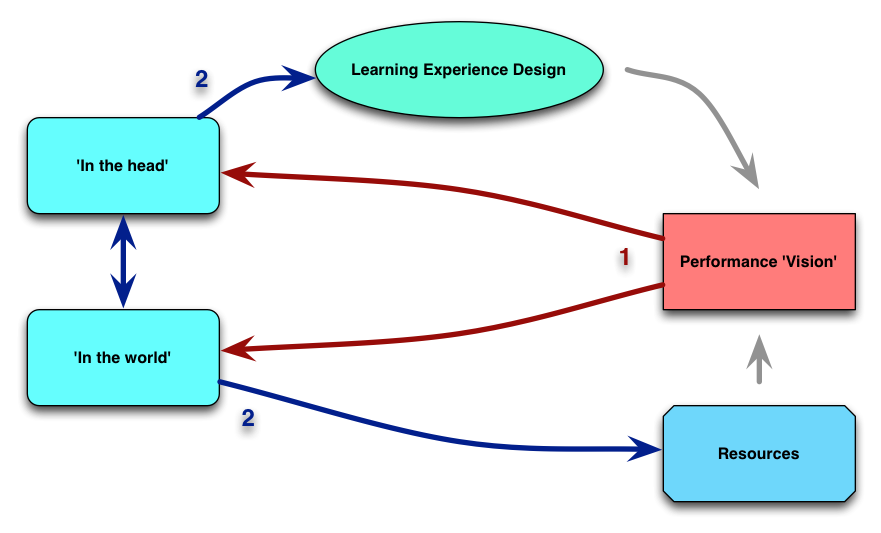David Jonassen passed away on Sunday. He had not only a big impact on the field of computers for learning, but also on learning itself. And he was a truly nice person.
I had early on been a fan of his work, his writing on computers as cognitive tools was insightful. He resisted the notion of teaching computing, and instead saw computers as mind tools, enablers of thinking. He was widely and rightly regarded as an influential innovator for this work.
I also regularly lauded his work on problem-solving. The one notion that really resonated was that the problems we give to kids in schools (and too often to adults in training) bear little resemblance to the problems they’ll face outside. He did deep work on problem-solving that more should pay attention to. He demonstrated that you could get almost as good a performance on standard tests using meaningful problems, and you got much better results on problem-solving skills (21st century skills) as well. I continue to apply his principles in my learning design strategies.
I had the opportunity to meet him face to face at a conference on learning in organizations. While I was rapt in his presentation, somehow it didn’t work for the audience as a whole, a shame. Still, I had the opportunity to finally talk to him, and it was a real pleasure. He was humble, thoughtful, and really willing to engage. I subsequently shared a stage with him when he presented virtually to a conference I was at live, and was thrilled to have him mention he was using my game design book in one of his classes.
He contributed greatly to my understanding, and to the field as a whole. He will be missed.
